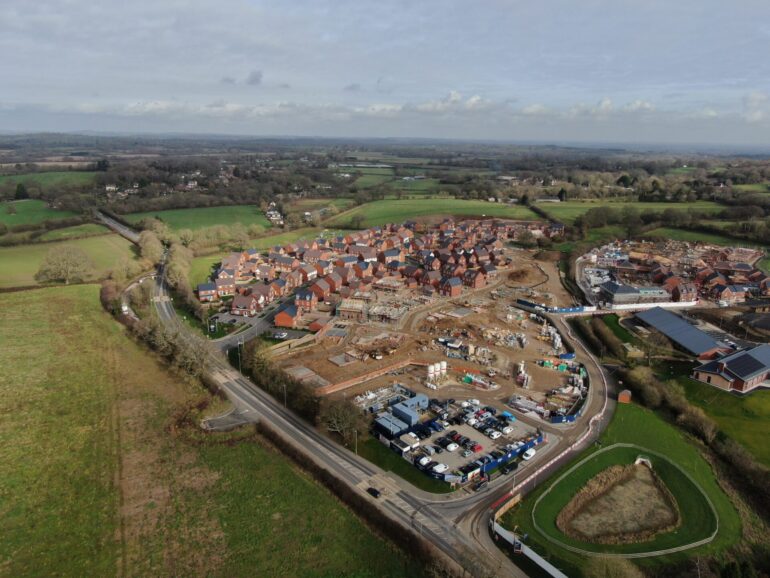Suffolk Building Society has said that self-build homes should be encouraged to help reach new homebuilding targets.
In reaction to the Planning & Infrastructure Bill formally announced this month, the society shared its thoughts on additional measures that should be adopted by the Government to further address challenges in the property market.
The society said it hopes that existing infrastructure will be used to promote self-builds and that this route to ownership will not be overlooked in the rush to build 1.5 million new homes.
The Self-Build and Custom Housebuilding Act 2015 requires local authorities to grant permission for suitable serviced plots of land to meet the demand for self-build housebuilding in their areas.
However, the registers documenting available plots are not always actively promoted by local authorities.
The society found that a third of people are considering building their own home at some point; of those, 21% would undertake a major renovation to an existing property, 27% would opt for a knockdown or rebuild type of self-build project, and 31% would prefer a completely new build.
This highlights the fact that self-builders could help regenerate existing developed land and empty properties, as well as contribute to new home targets.
Suffolk Building Society also warned that the current undersupply of appropriate housing for older people needs to be addressed if they are to be supported in downsizing to create a more fluid market.
The UK’s older population is growing, but when affordable housing is aimed solely at first-time buyers and young families, it may not meet the needs of people in later life.
According to the National House Building Council (NHBC), ‘new bungalows have all but disappeared’ with only 228 registrations in Q3 2023.
This is 70% down on the same period in 2022 and the lowest figure recorded by NHBC in its 80-year history.
Bungalows are an attractive option for older people. However, given the lack of supply and high demand, they often command a significant price premium, putting them beyond the reach of many.
Finally, the society said that Stamp Duty reform could encourage homeowners who are looking to move down the ladder to a smaller property to make the move.
This would help to free up the property market at all levels and improve the supply of homes for growing families and first-time buyers, too.
Recent research from the society showed that 15% of homeowners said they would downsize or consider downsizing within the next five years, and 60% said they would be more likely to move to a smaller property if there was less Stamp Duty to pay.
While it isn’t appropriate for every older person, or empty nester, to downsize, the society’s research highlights that more people might be persuaded to do so if changes were made to this tax.
As above, the right types of properties must also be available, in the right locations, and at the right price.
Richard Norrington, CEO at Suffolk Building Society, said: “As a mutual championing manual underwriting, we regularly engage with brokers and buyers both locally and nationally, allowing us to understand their needs, wants, and frustrations.
“There is a significant opportunity to create many new homes to meet the rising demand across the nation.
“However, it is crucial to consider the types of properties needed by today’s and future homeowners.
“This means not simply encouraging housing developers to build similar estates across the country, but thinking about how diverse housing supply can be created.
“For example, by building new bungalows and incentivising downsizing to help older people move, and by incorporating self-builders into the mix to create new builds.”
He added: “We should construct homes that meet the occupants’ requirements in terms of quality, space, location, and sustainability, rather than merely building to meet mandatory targets.”




